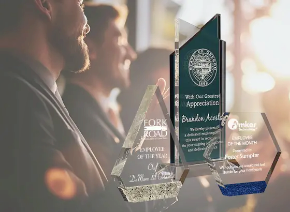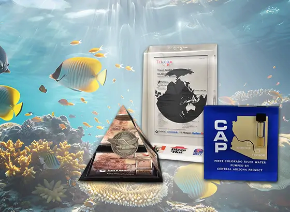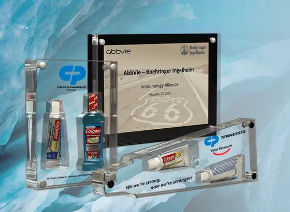Since their introduction, acrylic trophies have undergone a fascinating evolution, reflecting broader trends in design, technology, and cultural values. From their humble beginnings as simple, functional awards to their current status as versatile and sophisticated symbols of achievement – acrylic trophies have mirrored changes in materials and aesthetics.
GOOD THINGS
...come to those who sign
up for our emails.
Get 10% Off Instantly Plus
Special sales. New product offerings. Inspiring ideas.
(Basically – FYI's on everything important and trending.)

















